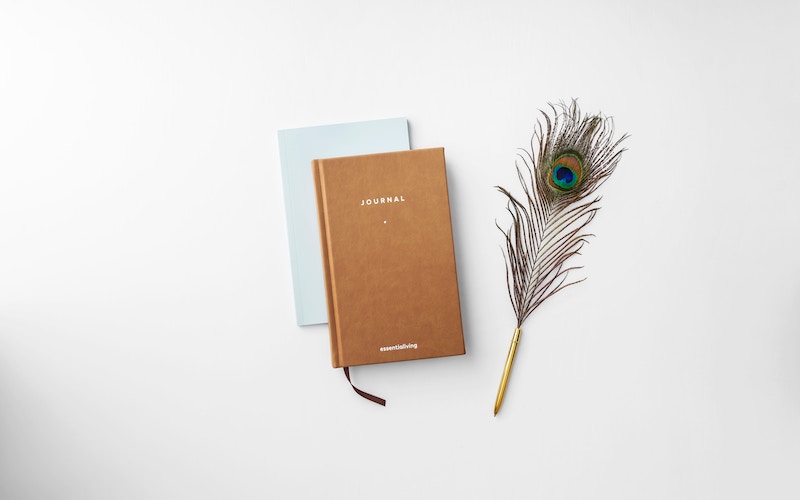Digging into the Past for a Better Present
Episode #8 of the course A daily journal practice to become a better person every day by John Robin
“Life can only be understood backwards; but it must be lived forwards.” —Søren Kierkegaard, Danish philosopher, pioneer of existentialism
Welcome to Lesson 8, the fifth and final part of the end-of-day reflection.
You’ve been equipped with powerful tools already:
• how to visualize your day
• how to assess and learn from your intentions and start-of-day visualization
• how to reorient your outlook using specific gratitude
• how to pinpoint your struggles and gain objectivity
• how to set intentions within your control
Today, we’re going to add yet another tool to that toolbox: how to draw deep on the roots of your past experience, a little every day.
Ready?
Your Past Life Is Buried (and Why You Should Dig It Up)
Life rushes past us. Journaling lets us start writing some of it down and appreciating what is coming together throughout our days. Because of this, we can better understand what drives our decisions and ultimately, gain more control over them.
Yet all of us who start journaling do so at some point after much of life has passed.
The unmapped early part of life is just as important, though, because it’s here that we will discover our deepest insights to ourselves. Here, we can tap into many of the experiences that shaped our beliefs, and this is critical for understanding why we make many of the choices we make.
The past influences us, especially the past buried in our subconscious. With this last part of the end-of-day reflection, consider yourself a pioneer in the new field of psychological archeology, as you use the following technique to systematically unearth your past and hone your self-mastery:
• On Day 1, start with, “One year ago today, I was doing …”
• On Day 2, go back one more year: “Two years ago today, I was doing …”
• On Day 3, add another year: “Three years ago today, I was doing …”
• Every next day, add another year, until you hit the year you were born, then you start at “One year ago today, I was …” the day after that.
For example, I’m 37. This means, for 37 consecutive days, I will be counting one more year back each day and meditating on my memory of life development one year earlier. After those 37 days, I’ll start at “One year ago” again. If I flip through 37 days of my journal and read the end parts, I’ll see my life peeling back like layers of an onion.
If you keep this up and you are 30-50, then you’ll complete it six to ten times/year. For each of these times, you’ll connect with different aspects of your self-growth. For instance, June to July would be the summers of your life, so you’ll comb back through your memories and key events of your summers and what you remember.
This has a powerful effect. It shows you how whole layers of your identity and self-perception peel back with the passage of one year.
Remember to put the inner perfectionist away. If you can’t remember what you were doing seven years ago from today, then just work with your approximate sense of memory and let this act as a sort of meditation.
Guessing is okay! The whole point of the exercise is to get you reflecting on your memory of the years that have defined you and recording that.
Becoming a Theme Hunter
The power of this method lies in the themes you will unearth as you keep it up.
If you picked up your journal and scanned over the last 20-30 days of entries just in this section, you want to be able to spot themes that play out in your life. You’ll probably even notice a few as you write them because you’ll be getting familiar with this every day.
There’s icing on this cake: Once you get to a full year of keeping up this journal, you can flip back to last year’s entry and scan adjacent entries and actually go right back into your frame of mind to truly connect with what you were doing one year ago. The effect only compounds as you hit two years of journaling, three years, and so on.
I’m at 11 years, and I feel like the fun is just getting started!
Homework
If you haven’t already, start this part of your journal practice with “One year ago from today.” Tomorrow, do two years, then the following day, three years, and so on. If you’re having fun with it, consider starting a monthly calendar journal of your pre-journal years to sketch out a timeline. This is the kind of exercise where you get out what you put in, and oh, the gold that awaits here!
Tomorrow, we’re going to take one more step into the unknown as we explore dream analysis and how to dialog with the subconscious.
Recommended book
You Are a Badass by Jen Sincero
Share with friends

